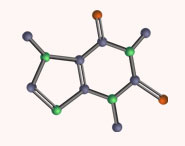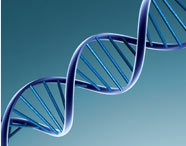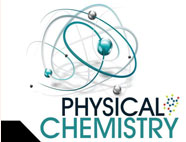


 علم الكيمياء
علم الكيمياء 
 الكيمياء التحليلية
الكيمياء التحليلية 
 الكيمياء الحياتية
الكيمياء الحياتية 
 الكيمياء العضوية
الكيمياء العضوية 
 الكيمياء الفيزيائية
الكيمياء الفيزيائية
 الكيمياء اللاعضوية
الكيمياء اللاعضوية 
 مواضيع اخرى في الكيمياء
مواضيع اخرى في الكيمياء
 الكيمياء الصناعية
الكيمياء الصناعية |
أقرأ أيضاً
التاريخ: 2025-04-26
التاريخ: 1-9-2019
التاريخ: 2023-09-11
التاريخ: 2025-04-19
|
If you still feel you are at the wobbly stage, and need a helping hand, this step-by-step guide may help you. You’ll soon find you won’t need to follow it through in detail.
1. Draw out the reagents as clear structures following the guidelines in Chapter 2. Check that you understand what the reagents and the solvent are under the conditions of the reaction, for example if the reaction is in a base, will one of the compounds exist as an anion?
2. Inspect the starting materials and the products, and assess what has happened in the reaction. What new bonds have been formed? What bonds have been broken? Has anything been added or removed? Have any bonds moved around the molecule?
3. Identify the nucleophilic centres in all the reactant molecules and decide which is the most nucleophilic. Then identify the electrophiles present and again decide which is the most electrophilic.
4. If the combination of these two centres appears to lead to the product, draw the reactants, complete with charges, so as to position the nucleophilic and electrophilic centres within bonding distance, ensuring that the angle of attack of the nucleophile is more or less consistent with the orbitals involved. 5. Draw a curly arrow from the nucleophile to the electrophile. It must start on a representation of electrons—a fi lled orbital or negative charge (show this clearly by just touching the bond or charge)—and finish where the electrons are heading for (show this clearly by the position of the head).
6. Consider whether any atom that has been changed now has too many bonds; if so one of them must be broken to avoid absurd structures. Select a bond to break. Draw a curly arrow from the centre of the chosen bond, the fi lled orbital, and terminate it in a suitable place, such as an electronegative atom.
7. Write out the structures of the products specifi ed by the curly arrows. Break the bonds that are the sources of the arrows and make those that are the targets. Consider the effect on the charges on individual atoms and check that the overall charge is not changed. Once you have drawn the curly arrows, the structure of the products is already decided and there is no room for any further decisions. Just write what the curly arrows tell you. If the structure is wrong, then the curly arrows were wrong so go back and change them.
8. Repeat stages 5–7 as required to produce a stable product. Now you have met the language of mechanism it’s time to look in detail at the reactions of some functional groups, and we start with the most important functional group of all, the carbonyl group.



|
|
|
|
حقن الذهب في العين.. تقنية جديدة للحفاظ على البصر ؟!
|
|
|
|
|
|
|
علي بابا تطلق نماذج "Qwen" الجديدة في أحدث اختراق صيني لمجال الذكاء الاصطناعي مفتوح المصدر
|
|
|
|
|
|
|
ضمن برنامج تأهيل المنتسبين الجدد قسم الشؤون الدينية يقدم محاضرات فقهية وعقائدية لنحو 130 منتسبًا
|
|
|